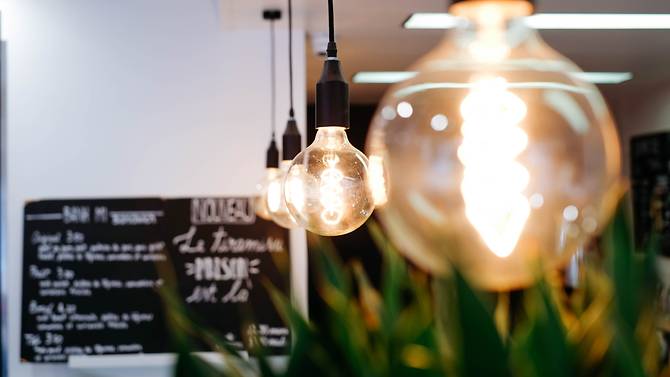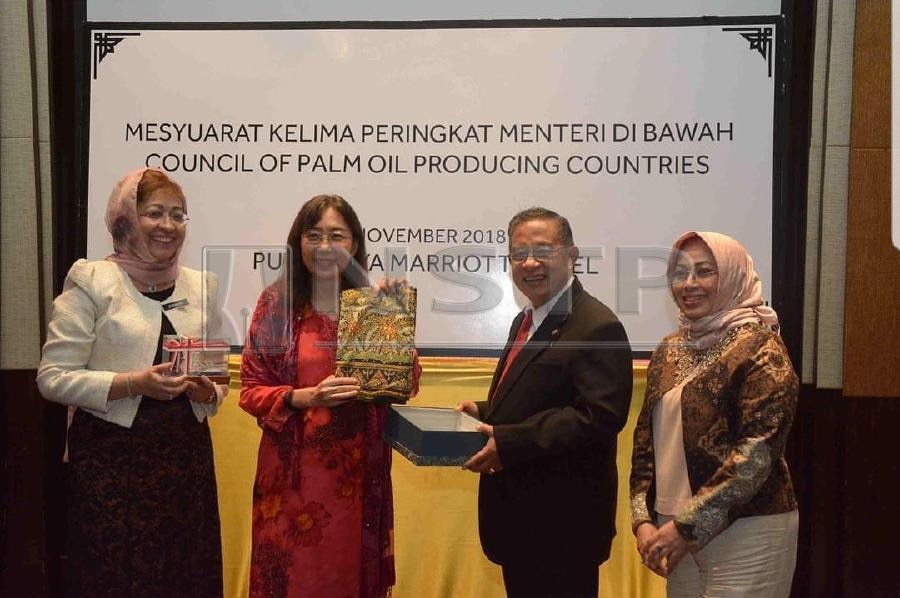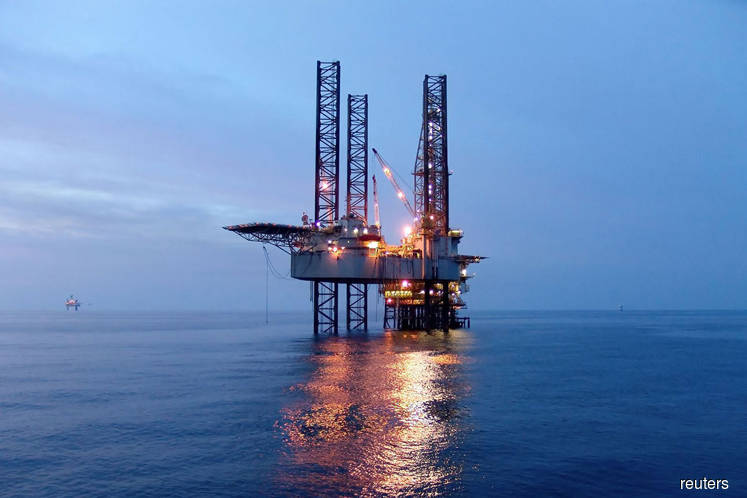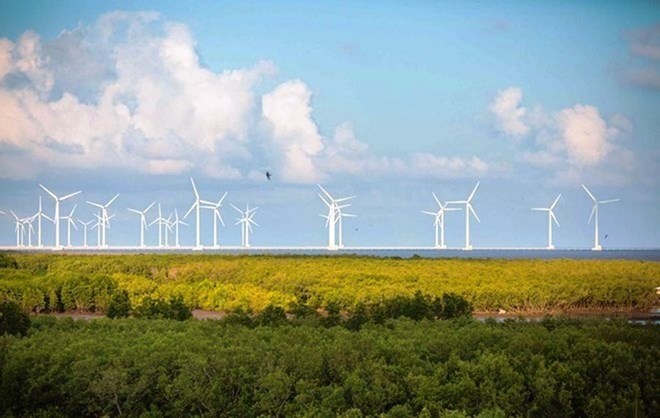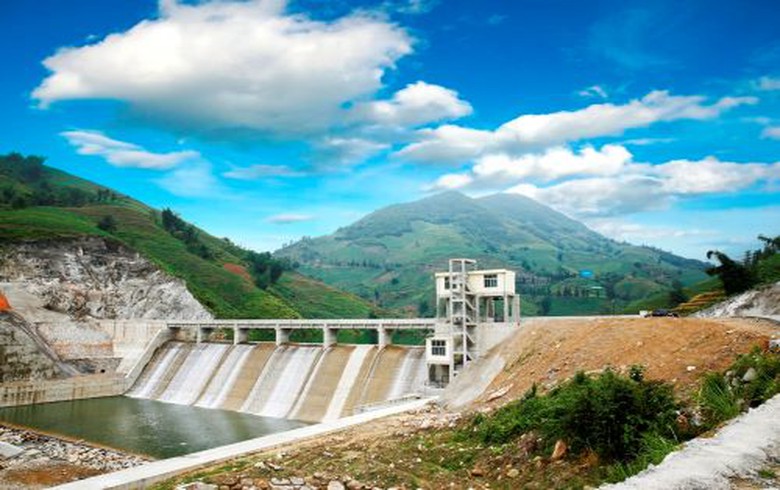- Electricity/Power Grid ,
- Energy Efficiency
–
- Singapore
SINGAPORE: As electricity retailers in the Open Electricity Market (OEM) dangle discounted tariffs at cost-savvy consumers, experts are divided over whether this could lead to higher consumption.
Some said this could lead to a “rebound effect”, which refers to consumers using more electricity because it is cheaper. Others said the OEM would make users more aware of their consumption habits, leading to a decrease in consumption.
On Nov 1, the OEM was expanded to households with postal codes beginning with 58 to 78, such as those in Choa Chu Kang, Bukit Batok and Yishun. This means they can switch to a different retailer that offers a cheaper electricity plan.
After the market was first opened on Apr 1 to households in Jurong, the Energy Market Authority said that roughly a third of consumers there have chosen to switch retailers, enjoying savings of about 20 per cent.
With the market opening to all households in Singapore by May next year, energy experts have warned of a potential rise in electricity consumption.
Professor Subodh Mhaisalkar, executive director of Nanyang Technological University’s (NTU) Energy Research Institute, acknowledged the “possibility of a rebound effect”.
“The risk is that with cheaper electricity, people may tend to use more,” said Ms Melissa Low, a research fellow at the National University of Singapore’s (NUS) Energy Studies Institute.
For example, she said studies have found that those who use energy-efficient appliances actually end up consuming more electricity. A 2011 report by American think-tank Breakthrough Institute estimated that 10 to 30 per cent of energy savings from efficient cars and homes are lost.
However, Ms Low said it’s hard to tell for sure if the rebound effect will happen in Singapore, especially as retailers might tweak their prices as the OEM expands and consumption habits vary across estates.
“Studies need to be done on the Jurong residents who switched to get a better sense,” she added.
MORE AWARENESS ON USAGE
The National Environment Agency said in May that households are consuming 17 per cent more electricity than a decade ago. Last year, households used about 7,295 GWh of electricity, equivalent to each of them spending an average of about S$1,000 a year on electricity bills.
When asked how the Government might ensure electricity usage does not increase with lower prices, Minister for Trade and Industry Chan Chun Sing said it’s also about helping households be more aware of their consumption patterns.
“The Open Electricity Market is just the first part of our restructuring of the energy markets,” he said in an interview on the sidelines of the Singapore International Energy Week on Oct 30. “The other thing that we are doing is progressively implementing the smart meters.”
When switching retailers, consumers can choose to install an advanced meter that measures electricity consumption at half-hour intervals, as opposed to current cumulative meters which are manually read once every two months.
The new meters are expected to give more accurate readings and help households better manage electricity consumption.
“Once we have the combination of the advanced meters and the Open Electricity Market, it will allow consumers to have more choices to be better able to match their demand and supply and save money,” Mr Chan added.
Mr Gilles Pascual, ASEAN power and utilities transaction leader at Ernst and Young, said the open market will make consumers more aware of electricity prices, leading to a “slight decrease” in consumption.
“Once people are empowered, they know they can influence their bill,” he added. “With a few easy adjustments to their consumption behavior, they can further reduce their bill.”
Mr Sharad Somani, KPMG Singapore’s Asia-Pacific head for power and utilities, said he does not foresee “significant changes in consumption in the near term”.
“Currently, a lot of electricity is used to power essential products like household appliances and consumption from these items is therefore unlikely to change,” he explained.
Mr Somani said consumers will also become more informed on how much electricity they use as retailers offer choices like peak and off-peak plans that are more energy-efficient.
“Retailers may look to offer packages that tap into new technologies such as smart meters and the Internet of Things to offer consumers plans that reduce their electricity bill,” he added.
NTU’s Prof Mhaisalkar said he hopes such measures by retailers “nudge the consumers in making the right choices and contributing overall towards energy conservation and saving”.
RETAILERS CHIP IN
For Senoko Energy, one of 13 alternative retailers on the market, “the idea is not to say here’s a lower price but use more, but here’s a lower price but I want you to be more sustainable”.
“Retailers are doing a very good job at educating customers on energy efficiency,” said its senior vice president of SME and consumer sales Stefano Boscaglia. “I know throughout social media we do a lot of work to say here’s some energy-saving tips.”
Mr Boscaglia said he has not seen Jurong households that have recently switched to Senoko’s plans use more electricity.
“It’s probably too early tell because Jurong is a small portion of the market and the data we’re getting is still very young,” he said. “That will play out over time as the market opens up to the various zones.”
Nevertheless, Mr Boscaglia said he does not expect consumption to increase as consumers have shown to be “quite savvy”. “I think customers want that anyway because they’re looking at being more energy-efficient in how they go about their consumption,” he added.
NUS’ Ms Low said households might still choose to maintain their consumption despite the lower prices. “To some people, the money that they save can be used to buy groceries,” she added


